Carbon Fiber Wheels: Revolutionizing the Automotive Industry with Lightweight Innovation
The Evolution and Adoption of Carbon Fiber Wheels in Automotive Design
Rising Demand for Lightweight Materials Across Vehicle Segments
Car makers have been moving away from heavy materials for quite some time now, which explains why carbon fiber wheels are becoming so popular across different types of vehicles. What used to be something only seen on expensive sports cars is starting to show up on regular family sedans too. Market analysts predict that demand for these lightweight wheels could climb at around 6.4 percent each year until 2032. Why? Because governments keep pushing for better fuel economy standards, and drivers want their cars to go further on less gas. Carbon fiber cuts down on weight by roughly 40% when compared to standard aluminum wheels. For electric car owners, this matters even more since lighter vehicles mean longer trips between charges. The whole trend makes sense both environmentally and economically as manufacturers try to meet stricter regulations while still keeping costs reasonable for consumers.
How Carbon Fiber Reshapes Vehicle Dynamics and Performance
Carbon fiber wheels significantly reduce unsprung mass, enhancing suspension responsiveness and road handling. Their lower rotational inertia enables quicker acceleration and improved cornering stability, allowing for more efficient energy transfer. Additionally, the material’s natural vibration-damping properties contribute to a smoother ride, effectively balancing performance with comfort.
Leading Automakers Embracing Carbon Fiber Wheel Technology
Car companies teaming up with carbon fiber makers is really pushing this material into mainstream use. Luxury car brands can now put carbon fiber wheels on their top models without running into all those old production problems that used to hold them back. The industry has made big strides with methods such as resin transfer molding. Production costs dropped somewhere around 20 to maybe even 25 percent recently, which means we're starting to see these lighter, stronger wheels show up not just on expensive EVs but also in more affordable mid-priced cars hitting dealerships across the country.
Industry-Wide Shift Toward Lightweight Innovation and Consumer Expectations
Tighter emissions regulations such as Euro 7, combined with growing consumer demand for sustainable vehicles, are pushing carbon fiber wheels into luxury and EV segments. Over 60% of automotive engineers now prioritize weight reduction strategies, with carbon fiber emerging as a critical enabler for meeting 2030 sustainability goals without sacrificing performance.
Strategic Alignment of Material Advancement with Market Needs
Advances in automated fiber placement systems have reduced production cycle times by 30–40% compared to earlier methods. These improvements align with automakers’ goals of delivering high-performance wheels at more accessible price points—especially crucial for EVs, where every kilogram saved translates into measurable gains in range and efficiency.
Performance Advantages of Carbon Fiber Wheels in Vehicle Efficiency
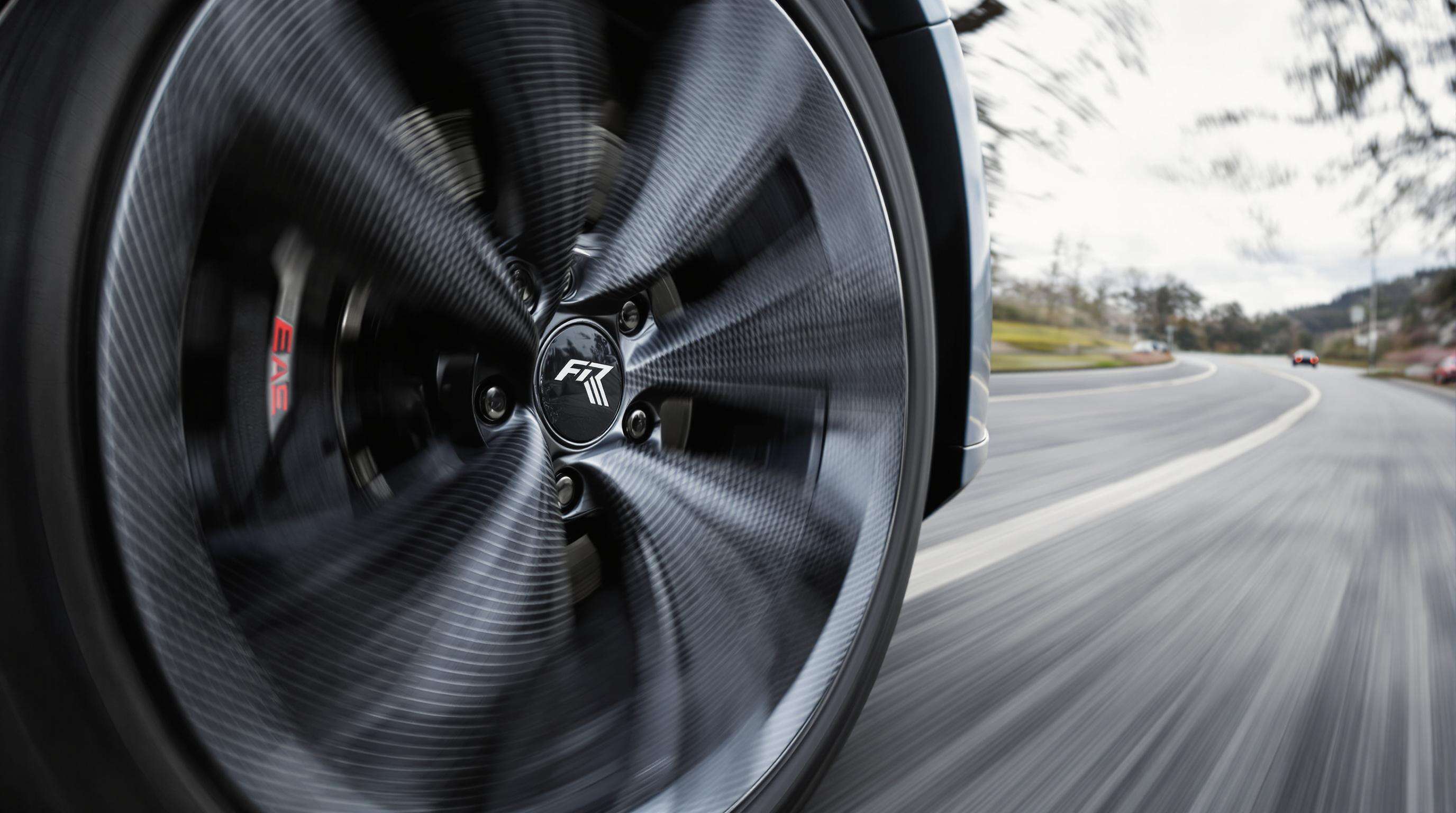
Enhanced Acceleration, Handling, and Suspension Response
Switching from forged aluminum to carbon fiber wheels cuts down on rotational mass somewhere around 30 to 40 percent. This makes cars accelerate more quickly and handle corners with much better precision. Some independent tests have found that cars fitted with carbon fiber wheels can reach 60 miles per hour about half a second sooner than their aluminum counterparts because there's simply less inertia involved according to Automotive Dynamics Journal from last year. Another benefit comes from how stiff carbon fiber is. Drivers notice improved steering feel when driving on roads with bumps and potholes since the suspension reacts roughly 18 percent quicker to those surface changes.
Reducing Unsprung Mass for Superior Ride and Control
By reducing unsprung weight by 15–20 lbs per wheel, carbon fiber designs minimize tire bounce by 25% in standardized impact tests. This leads to better traction on uneven surfaces and a 12% improvement in high-speed stability, as demonstrated in industry-tracked motorsport applications.
Quantifying the Benefits: Up to 40% Weight Reduction vs. Forged Aluminum
Carbon fiber wheels typically weigh 18–22 lbs, compared to 28–35 lbs for forged aluminum counterparts. According to research from the 2023 Lightweight Materials Summit, they withstand three times more stress cycles before showing signs of fatigue, making them ideal for performance and luxury vehicles requiring long-term durability.
Balancing Cost and Performance in Broader Market Adoption
Although carbon fiber wheels currently cost 2–3 times more than premium aluminum options, automated manufacturing is reducing production expenses by 20% annually. Analysts expect this trend to bring prices in line with consumer expectations within 5–7 years, particularly as EV manufacturers seek lightweight solutions to extend battery range.
Carbon Fiber Wheels in Electric Vehicles: Boosting Range and Efficiency

As electric vehicles become more common on roads everywhere, manufacturers are paying closer attention to how efficiently they use energy. That's why carbon fiber wheels have become so important in recent years. These lightweight alternatives can cut down the overall weight of a vehicle by around 40% compared to traditional options. When it comes to battery life specifically, lighter wheels make a real difference. Engineers tell us that removing just 10 pounds from what we call unsprung mass typically adds between 1.5 to 2 extra miles of driving range. Many automotive experts actually test this regularly when fine tuning their powertrain systems for maximum efficiency gains.
Lightweight Design as a Key Enabler of Extended EV Battery Range
Lower rotational inertia reduces the energy required for acceleration and deceleration, contributing to up to a 12% improvement in highway driving range, where rotational forces account for 30% of total energy consumption.
Improving Energy Efficiency Through Reduced Rotational Mass
Carbon fiber’s exceptional stiffness-to-weight ratio allows structural integrity to be maintained while shedding mass. Independent testing shows that reducing wheel weight by 8 kg per corner decreases energy expenditure by 7–9% during regenerative braking.
Case Study: Tesla, Rimac, and Lucid’s Integration of Advanced Wheel Materials
Leading EV manufacturers are incorporating carbon fiber wheels into flagship models to maximize efficiency. One automaker reported a 3.7% increase in highway range after switching to composite wheels—an improvement equivalent to adding 11 kWh of battery capacity through weight savings alone.
Optimizing Wheel Structure to Maximize Electric Vehicle Performance
New layup methods give engineers much better control over how they design carbon fiber wheels for different weight requirements. The latest hollow spoke designs cut down on weight by about half when compared to traditional forged aluminum wheels, yet still pass all the tough durability tests needed for real world driving. This combination of advanced materials work with electric vehicle development is making a real difference in overcoming those pesky range issues drivers worry about so much. Plus it helps get around some of the charging station problems we still face today. For anyone looking at the future of green transportation, these lightweight carbon wheels are becoming pretty essential components in building vehicles that actually make environmental sense.
Carbon Fiber vs. Aluminum and Steel: A Comparative Analysis
Strength-to-Weight Ratio: Carbon Fiber’s Superiority Over Traditional Alloys
When it comes to reducing weight, carbon fiber wheels beat out both steel and aluminum by roughly 40 to maybe even 50 percent, all while keeping that necessary structural integrity intact. The material has some seriously impressive specs too. Its strength compared to its weight is about sevenfold what steel offers and around five times better than regular old aluminum. This means engineers can actually cut down on unsprung mass without worrying about sacrificing how long these parts will last. And let's talk about the real world benefits here. Cars equipped with carbon fiber wheels tend to accelerate about 12 to 18 percentage points quicker off the line. Plus drivers notice their brakes don't wear down as fast either, somewhere in the ballpark of 25% less wear during normal driving conditions. Makes sense when you think about it.
Durability, Fatigue Resistance, and Lifecycle Cost Considerations
Carbon fiber wheels today stand up to about three times more wear and tear than aluminum ones when put through those standard stress tests with 150,000 load cycles. The upfront price tag is still around 60 to 80 percent more expensive though. But companies are finding ways to save money overall because they can produce these wheels more efficiently and don't need to replace them as often. Looking at real world usage, carbon fiber keeps about 95% of its original strength even after a decade on the road. That's pretty impressive when compared to heat treated aluminum which only holds onto about 70 to 75% of its strength over the same period.
Environmental Impact: Production Emissions vs. Long-Term Fuel and Energy Savings
Carbon fiber production emits 45% more CO₂ per kilogram than aluminum manufacturing. However, this upfront environmental cost is offset during vehicle operation:
- 9–14% better fuel efficiency in internal combustion engines
- 6–8% extended range in EVs
- 30% reduction in particulate emissions from tire wear
Over a 100,000-mile lifespan, carbon fiber wheels reach net emissions parity with aluminum by 60,000 miles and deliver an 18-ton reduction in CO₂ emissions thereafter.
Future Outlook: Market Trends and Innovations in Lightweight Wheel Technology
Growing Adoption of Lightweight Materials in Automotive Engineering
Market research suggests the lightweight wheels sector will see growth around 12.3 percent year over year between 2025 and 2031. Automakers are scrambling to improve electric vehicle performance while meeting stricter emission regulations. Carbon fiber wheels once limited to supercars are becoming more common across different vehicle segments. About three quarters of automotive engineers surveyed listed reducing weight as their number one focus area when developing suspension technology. Consumer attitudes are changing too. Nearly two thirds of people buying new cars these days care most about how efficiently their vehicle uses energy. They want cars that handle well but still maintain good driving range between charges.
Projected Expansion of Carbon Fiber Use in Wheels and Components
The fact that carbon fiber weighs about 40% less than forged aluminum is making it increasingly popular in electric vehicles for the masses. Every kilogram saved translates into roughly 1.5 to 2 extra kilometers of driving range, which matters a lot when people are watching their budgets. Industry experts think we'll see carbon fiber making up around 18% of all premium wheels produced by 2028, way up from only 4% back in 2023. What's really helping this trend take off are these new automated manufacturing processes. They've managed to slash production costs by nearly a third compared to older methods, making what was once considered luxury material much more accessible to mainstream manufacturers.
Next-Gen Solutions: Hybrid Composites and Scalable Manufacturing
New composite materials that mix carbon fiber with graphene boosted polymers are showing impressive results. These hybrids can take impacts better than traditional materials by about 22% without adding extra weight. The latest AI tools for design work are getting really good at tweaking wheel structures down to the molecular scale. Some manufacturers report around 17% improvement in stiffness compared to weight when using these methods. Combine this with robotic 3D weaving technology that makes complete wheels within an 8 hour shift, and we're seeing why carbon fiber is becoming so important for future lightweight transportation options across industries from automotive to aerospace.
Frequently Asked Questions
What are the main benefits of using carbon fiber wheels?
Carbon fiber wheels offer significant weight reduction, improved acceleration, better handling and suspension response, and enhanced energy efficiency, especially in electric vehicles.
Why are carbon fiber wheels more expensive than aluminum wheels?
Carbon fiber wheels are more expensive due to the advanced materials and manufacturing processes involved. However, costs are decreasing as technology and methods improve.
How do carbon fiber wheels contribute to better fuel efficiency?
Carbon fiber wheels reduce the overall weight of the vehicle, requiring less energy for acceleration and deceleration, leading to better fuel efficiency and extended range in electric vehicles.
Are carbon fiber wheels durable enough for regular use?
Yes, carbon fiber wheels are very durable. They withstand more stress cycles than aluminum wheels and retain a higher percentage of their strength over time.
Will carbon fiber wheels become more affordable in the future?
Industry trends suggest that carbon fiber wheels will become more affordable as manufacturing processes become more efficient and production costs reduce.
Recommended Products
 Hot News
Hot News
-
Forged Carbon Products
2024-05-21
-
Forged Off-Road Accessories
2024-05-21
-
GVICHN Introduces Revolutionary Forged Two-Piece Product
2024-05-21


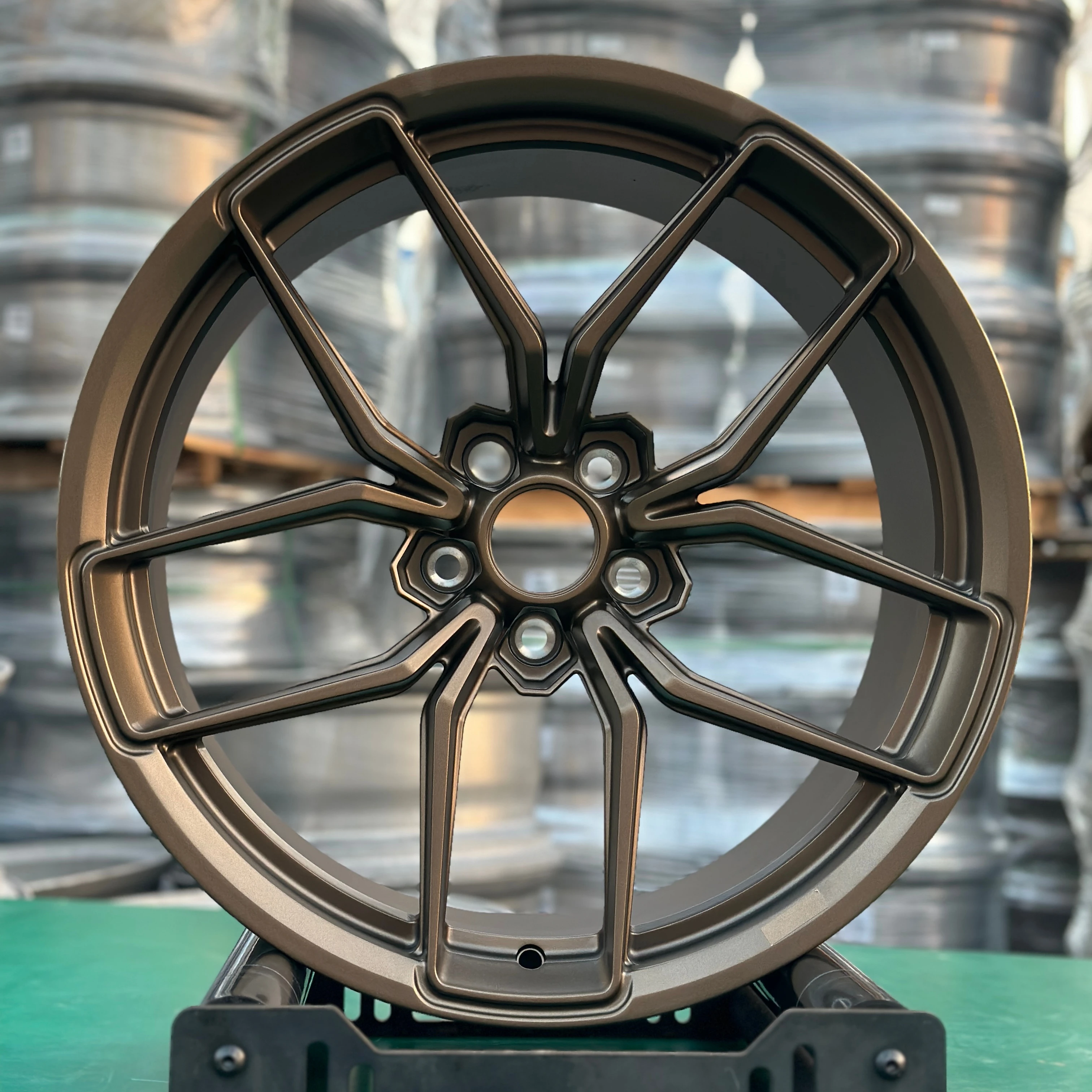
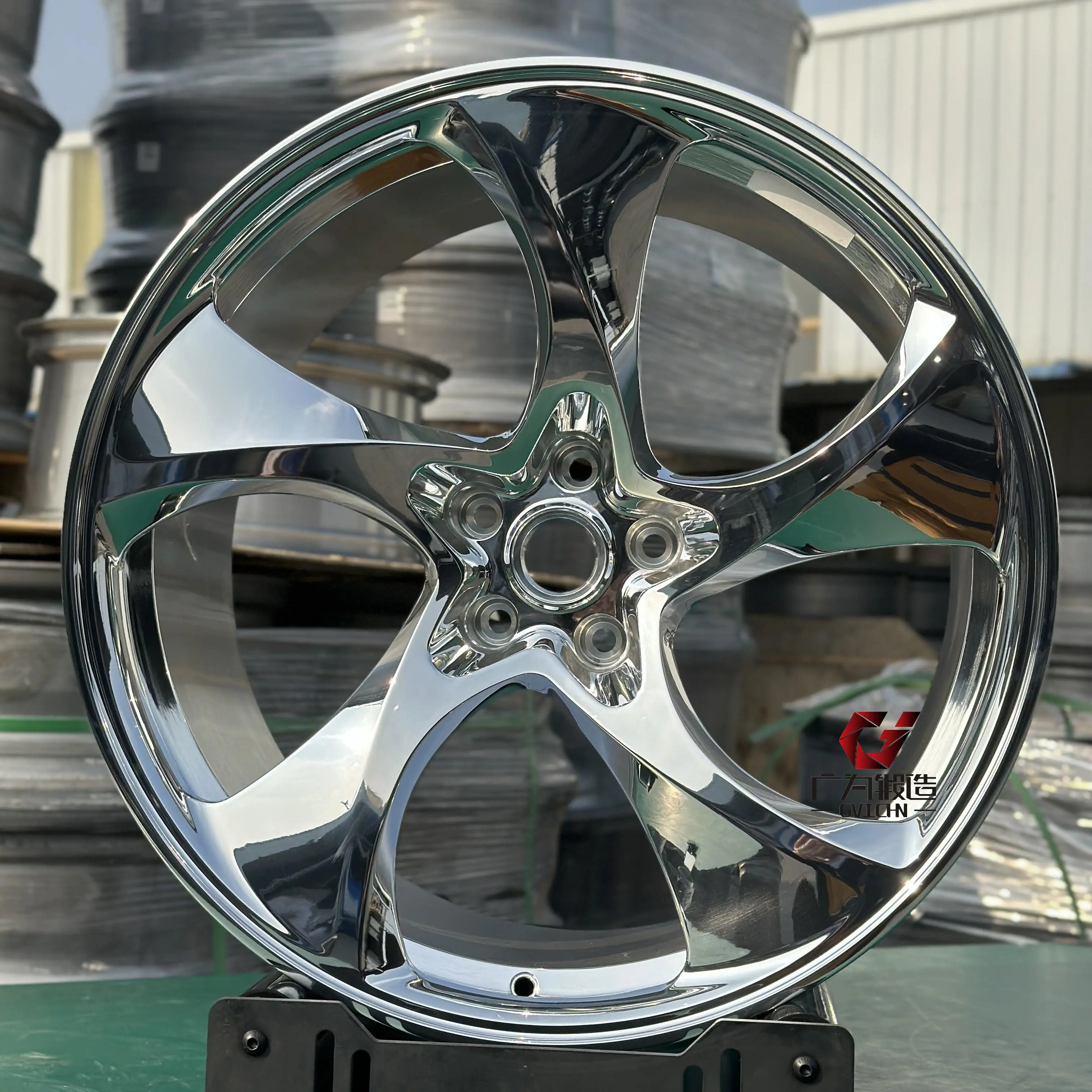

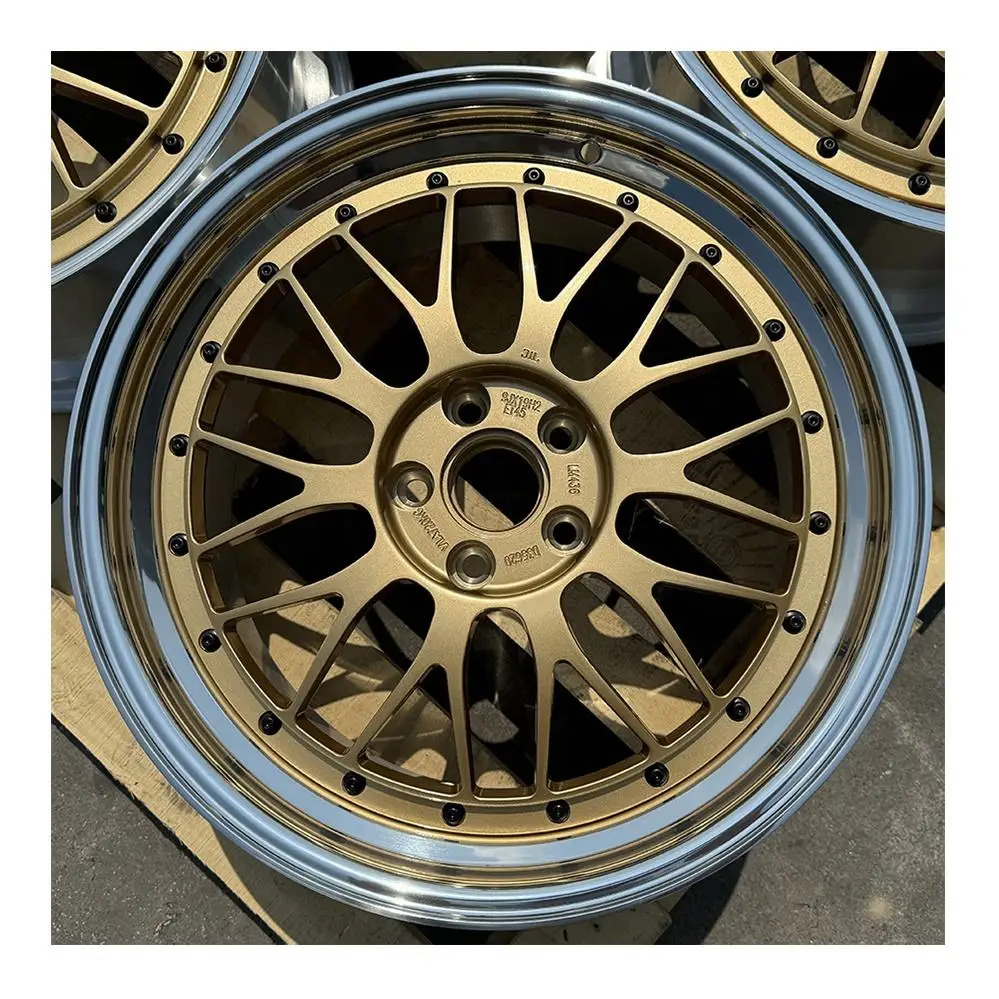
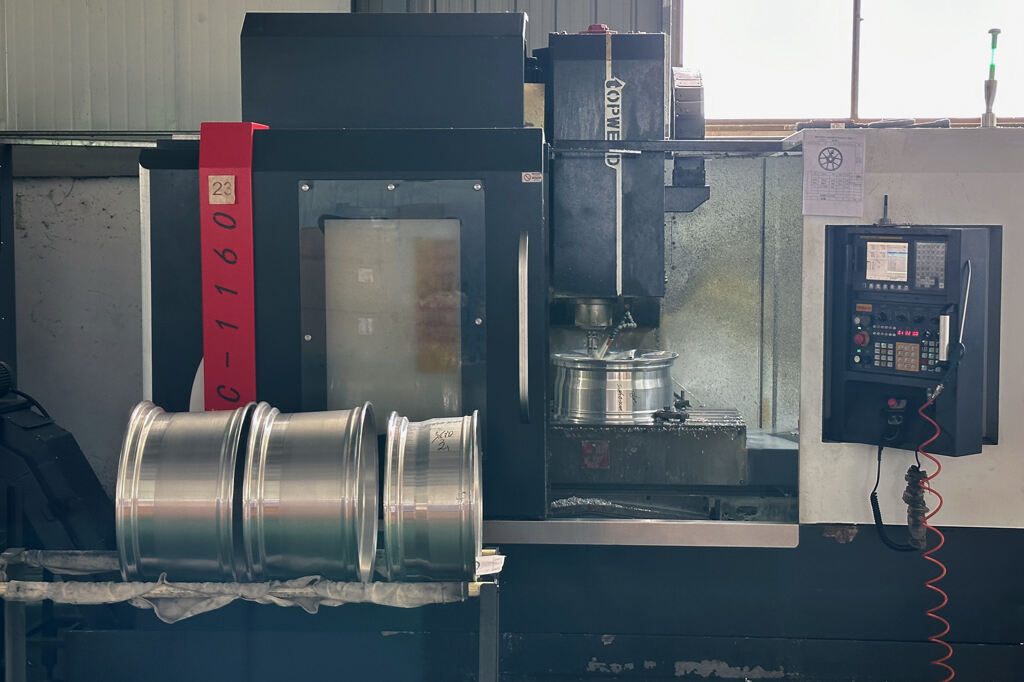
 ONLINE
ONLINE